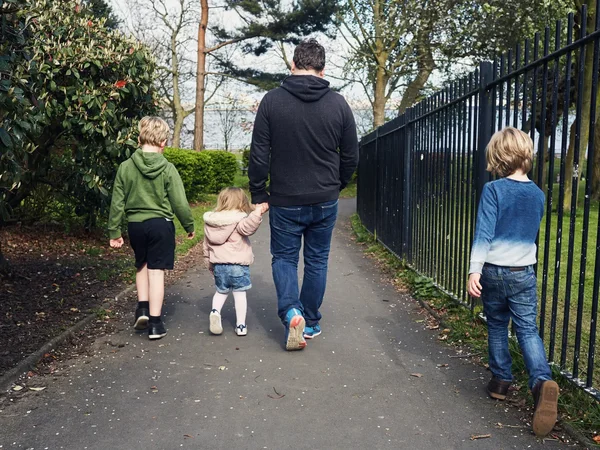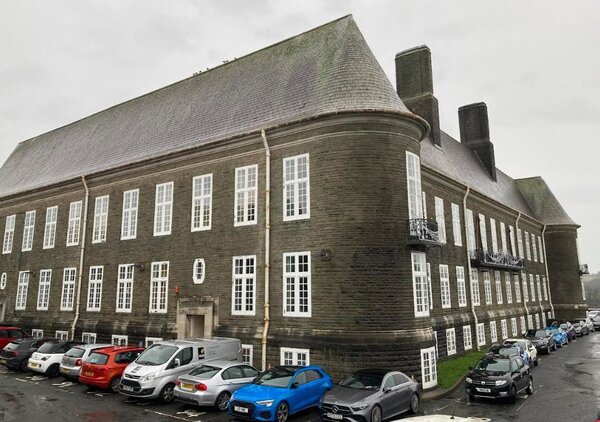The speculation is over. On 30 October 2024, Labour’s first autumn Budget confirmed a set of inheritance tax (IHT) reforms aimed at raising billions for public spending. While much of the summer chatter focused on scrapping the residence nil-rate band to target family homes, the Chancellor took a different approach.
Instead of touching the home allowance, Labour widened the IHT net in other ways pulling pension pots into scope, reducing reliefs for farms and businesses, and keeping thresholds frozen for longer.
The Current IHT Setup (Still in Place)
Despite the changes, the core thresholds remain unchanged:
Nil-rate band: £325,000 per person.
Residence nil-rate band: £175,000 when a main home is left to direct descendants.
Combined allowance: £500,000 per person or £1 million for couples.
Labour has not removed the residence nil-rate band. However, both allowances are now frozen until April 2028, meaning more estates will be caught over time as property and asset values rise.
The Big Changes from April 2026–2027
The Budget set out three major IHT changes:
1. Agricultural and Business Property Relief Tightened – April 2026
These reliefs, which reduce or remove IHT on qualifying farm and business assets, will be scaled back. The aim is to stop them being used for inheritance tax avoidance via non-core agricultural or business uses.
2. Pension Pots Added to IHT – April 2027
One of the most significant moves: unused defined contribution pension pots will be counted as part of your estate for IHT purposes. Currently, many pension pots can be passed on tax-free if the policyholder dies before age 75. This will change from April 2027.
3. Threshold Freeze Extended Until April 2028
The £325,000 and £175,000 thresholds were already frozen until 2026 under previous measures. Labour has extended the freeze by two years to 2028, creating a “fiscal drag” effect as asset values grow.

What This Means for You
Property Owners: The home allowance is safe for now, but the freeze means more estates will be liable for IHT over time.
Farmers & Business Owners: You’ll need to review succession plans ahead of April 2026, as relief eligibility will narrow.
Pension Savers: Passing on your pension will be less tax-efficient from April 2027 if you have a large pot.
Everyone Else: Even without high-value property or business assets, the freeze means more estates will cross the IHT line.
Why the Pension Change is a Big Deal
Pensions have long been seen as a safe, tax-efficient way to pass on wealth, especially for those with larger defined contribution schemes. Under the current rules, if you die before age 75, your beneficiaries can often take the pension free of income tax and outside the scope of IHT. From April 2027, that advantage disappears potentially leaving a 40% IHT bill on pots worth hundreds of thousands.
For high earners or those who have shifted savings into pensions to avoid other taxes, this change could significantly alter estate planning strategies. Financial advisers are already warning clients to review how pensions fit into their inheritance plans.
Impact on Farms and Family Businesses
The tightening of agricultural and business property relief is designed to reduce abuse, but it will also affect genuine family enterprises. From April 2026, certain non-core activities (such as renting out unused farmland or property) may no longer qualify for relief. This could mean that heirs to family farms or small businesses face large IHT bills unless careful restructuring is done in advance.
Industry groups have warned that, without transitional protections, some businesses could be forced to sell assets or take on debt to meet the tax demands.

The Stealth Effect of the Threshold Freeze
While freezing the thresholds until 2028 doesn’t sound like an immediate tax hike, it works like one over time. As house prices, investments, and savings grow, more estates exceed the £325,000 and £500,000 limits, pulling ordinary households into the IHT net. This “fiscal drag” approach means that even families who wouldn’t currently think of themselves as wealthy could face unexpected tax bills when a loved one dies.
According to some estimates, by 2028 the number of estates paying IHT could rise by over 50% compared to 2024, simply due to the freeze.
Final Summary
Short version: Labour’s IHT shake-up keeps the family home allowance intact but expands the tax in other ways.
At Pie, we’re all about helping you keep more of what’s yours so when tax rules change, we make sure you know exactly what’s coming and how it might affect your pocket. The 2024 autumn Budget avoided the politically explosive move of scrapping the residence nil-rate band, so your family home allowance is safe for now. Instead, Labour targeted pensions, farms, and businesses, while extending the freeze on IHT thresholds to 2028.
It’s a slower, subtler way of raising more tax, but over time it will pull more estates into scope especially as property prices and savings grow. That means more people, not just the very wealthy, could find themselves facing an IHT bill in the years ahead. We’ll be keeping watch and breaking down what you can do to plan ahead, so you stay in control of your money and your future.











